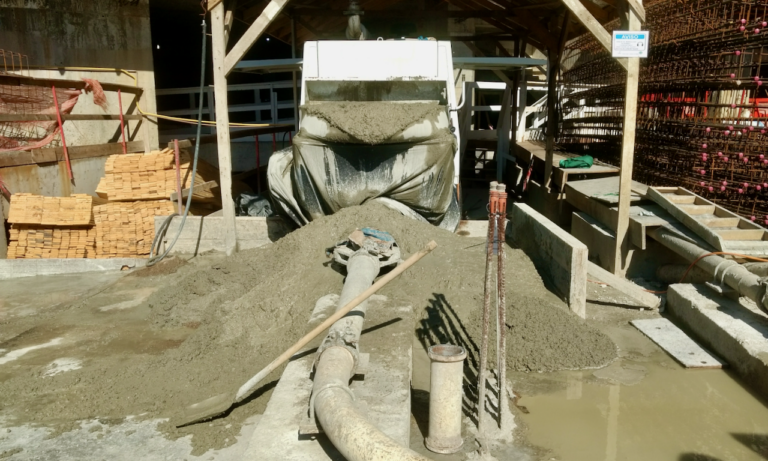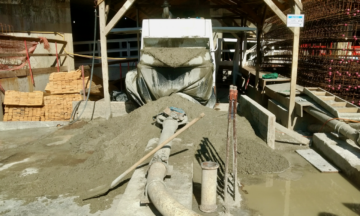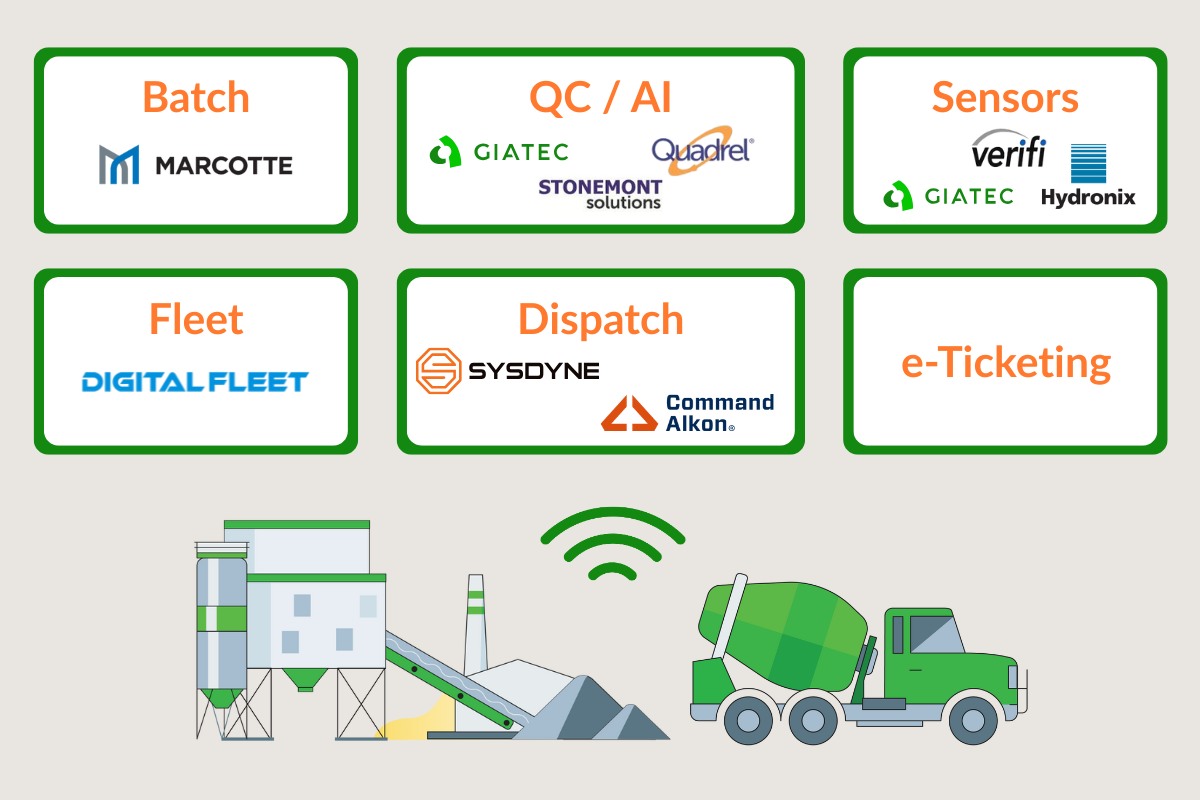Concrete pumps are a lifeline on construction sites, enabling quick and efficient placement of concrete. However, one of the most frustrating and costly issues crews face is a clogged concrete pump. Not only can this halt operations, but it can also lead to significant delays, wasted material, and even equipment damage. Understanding how to prevent and address clogs quickly can make a substantial difference in project timelines and costs. Here, we outline key strategies to avoid clogged concrete pumps and ensure seamless concrete placement.
Explore 12 Futuristic Technology Trends Solving Concrete's Biggest Challenges.
Preventing Clogged Concrete Pumps
1. Understand the Common Causes of Clogs
Before prevention, it’s essential to know what leads to clogs in the first place:
- Inconsistent Concrete Mix: Concrete that is too dry or has insufficient paste content can quickly lead to blockages.
- Improper Aggregate Packing: Using aggregate that is too large for the pump or has an irregular shape can increase the risk of clogging. This alone does not impede making some concrete “pumpable”, but proper aggregate packing is important.
- Foreign Material in the Mix: Debris such as wood, cloth, or hardened pieces of concrete can create immediate blockages.
Pump Maintenance Issues: Worn-out wear plates, old gaskets, or dirty pipes can contribute to problems during pumping.
2. Start With a High-Quality Mix
Ensuring the right concrete mix design is paramount for preventing pump clogs:
- Use the Right Slump: The slump should align with the pump’s specifications. The mix should be workable enough to pass through the pump and pipes without causing clogs.
- Ensure Proper Lubrication: Before starting to pump, always prime the line with a suitable slurry to provide a smooth surface for concrete flow. This so-called slurry varies from region to region, but a typical approach is passing cement paste (cement and water). This material is collected in containers at the pipelines and discarded later.
- Aggregate Considerations: Use well-graded aggregate within the size limits of the pump’s capacity. This helps maintain a consistent flow. This also aligns with the topic mentioned before, the correct packing model of the mix design will be fundamental for a workable mix that is also “pumpable”.
3. Maintenance – Inspect Equipment Regularly
Routine checks can prevent minor issues from escalating:
- Examine Wear Parts: Check wear plates and cutting rings for signs of deterioration, as they can lead to uneven flow and increased clog risks.
- Clean After Every Pour: The residue left in the pipes can harden and lead to partial blockages that worsen over time.
- Maintain Hydraulic Systems: Hydraulic system pressure should be within the recommended range to maintain a steady concrete flow.
Placing boom maintenance: This also ensures that the placing boom receives proper maintenance to prevent clogs at the pipe’s end.
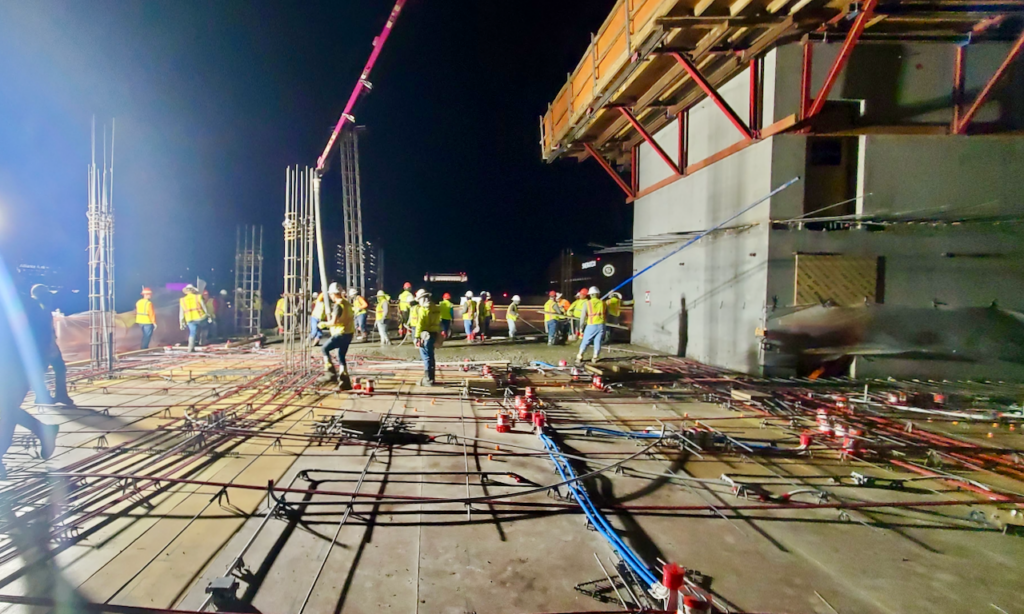
4. Be Aware of Waste and Safety Risks
A clog not only disrupts productivity but also creates waste and safety hazards. For instance, in a pipeline approximately 360 ft long with a 5-inch diameter—common in tall structures like 30-story buildings—the volume inside can be around 1.82 cubic yards, which is nearly 20% of a standard 10 cubic yard concrete truck. A clog could mean this concrete volume is wasted, demanding disposal and compliance with waste management protocols. Additionally, the pressure involved in clearing blockages poses safety risks if not handled correctly. Always follow safety measures when addressing a blockage to prevent accidents.
5. Maintain Communication During Pumping
A well-coordinated team can help identify potential issues before they become major problems:
- Monitor Pump Pressure: A sudden spike in pressure is a clear indicator of an imminent clog. The pump operator must stay attentive to the pump pressure to ensure it is within the normal range. It is ok to observe pressure changes from load to load (or even within the same load), since the consistency of the mix changes given the heterogeneity nature of concrete, but spikes should be spotted.
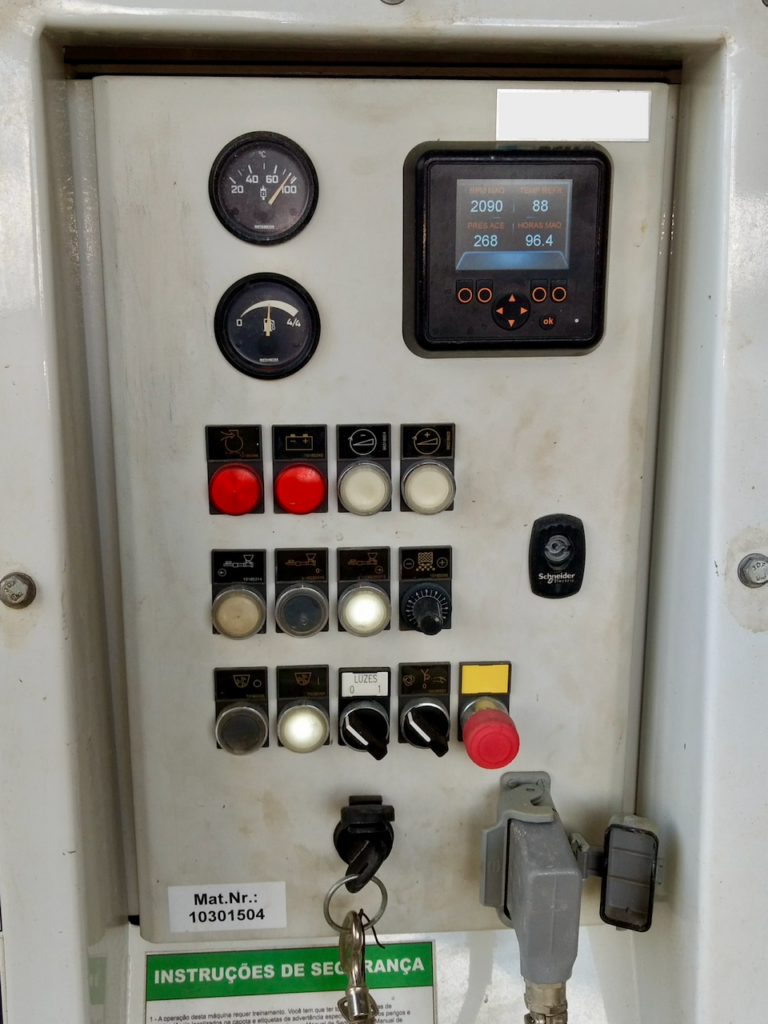
- Communicate Changes: If you notice the consistency of the mix changing, alert the team to adjust accordingly. This is especially important during the loads’ acceptance by labs (CMTs). If a concrete load is outside the acceptance criteria (temperature, air, slump), it should not make its way to the pump. The load should be further inspected to determine if a rejection is needed or if any on-site changes can be made (addition of Superplasticizers, Air-entrainers, Viscosity Modifiers, etc)
- Respond Swiftly: If a blockage is detected, stop pumping immediately and define the best course of action (which may be emptying the pipeline or recommencing the pump action with a lower flow rate to reduce the pressure).
6. Define a Realistic Concrete Schedule
- Pre-pour Meeting: This meeting aligns all stakeholders onto the plan for the pour. This includes how many trucks will be delivered, the volume of the pour, how many pumps, the start time, the frequency (i.e 1 truck every 10 minutes) among other priorities.
- Concrete Delivery Rate: Maintaining the agreed delivery cadence is paramount for a successful pour and preventing potential clogs. If the entire pipeline stays dormant for too long (waiting for concrete trucks), the concrete workability, viscosity and shear rate will change, potentially impairing the flow.
- In case of delays, it is important that the pump operator keeps the pump running every 5-10 minutes, with the concrete still in the chute.
7. Plan for Emergencies
Even with the best practices, unexpected clogs can happen:
- Have a Protocol in Place: A clear, step-by-step guide on how to address clogs can save valuable time.
- Use the Right Equipment: Have tools such as a rod or air blow-out cap ready to clear minor blockages.
Stay Safe: Never open pressurized pump lines without following safety protocols. Always ensure the line is fully depressurized before attempting any intervention.
Conclusion
Avoiding clogs in concrete pumps is essential for maintaining productivity and keeping construction projects on track. By ensuring a consistent concrete mix, properly priming the pump, inspecting equipment regularly, maintaining clear communication, and being prepared for emergencies, construction teams can minimize downtime and maximize efficiency. Remember, prevention is always more effective than dealing with a clog after it happens.
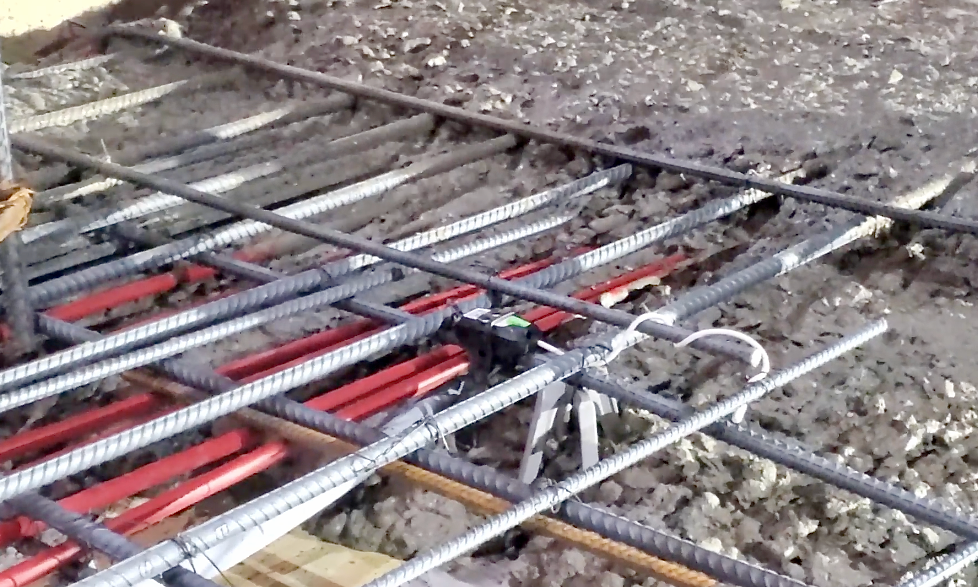
Take these steps to keep your concrete pumping operations smooth and uninterrupted, saving both time and costs on the job site. Additionally, if you need means to measure your in-place concrete strength, make sure to use the SmartRock® sensors.

